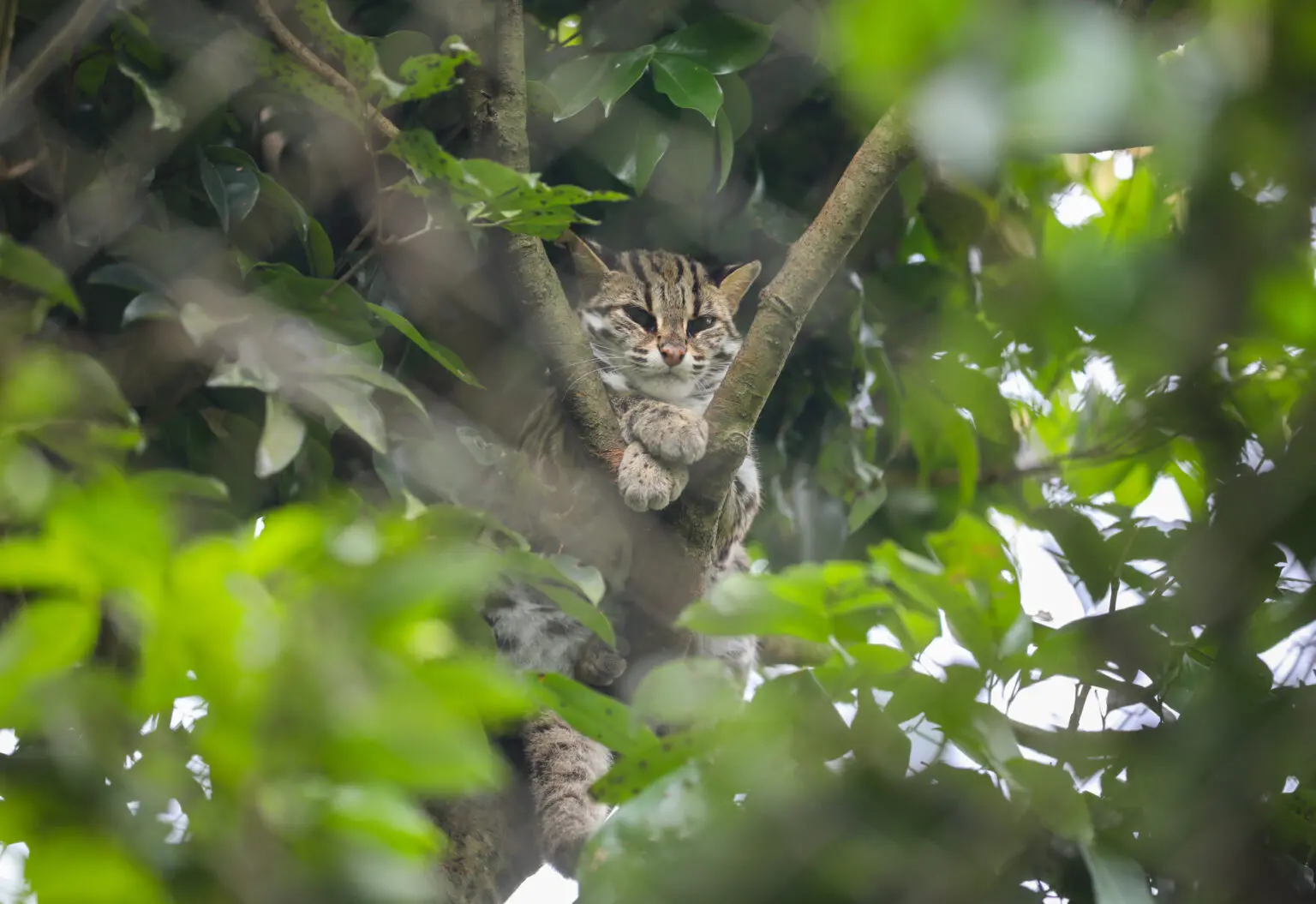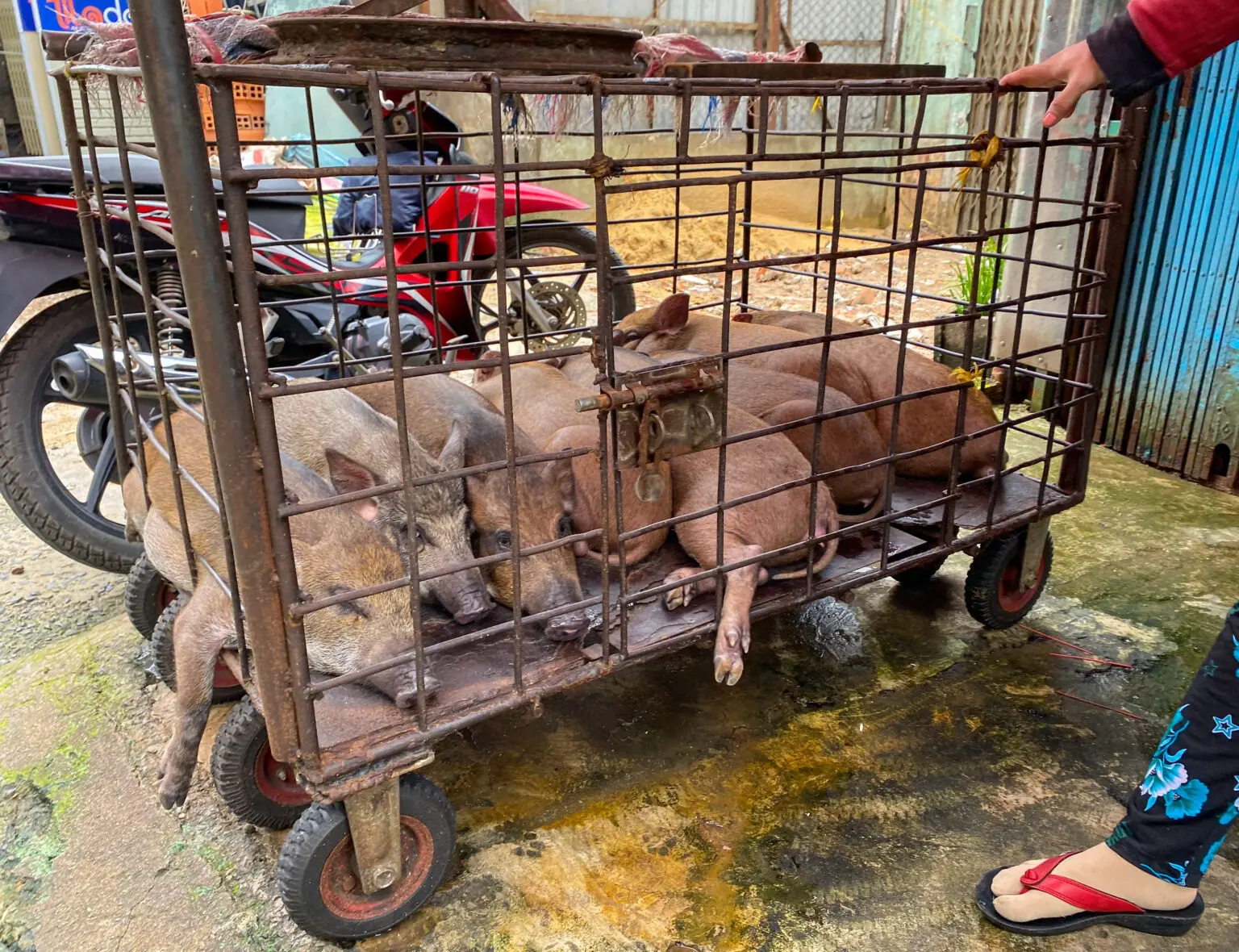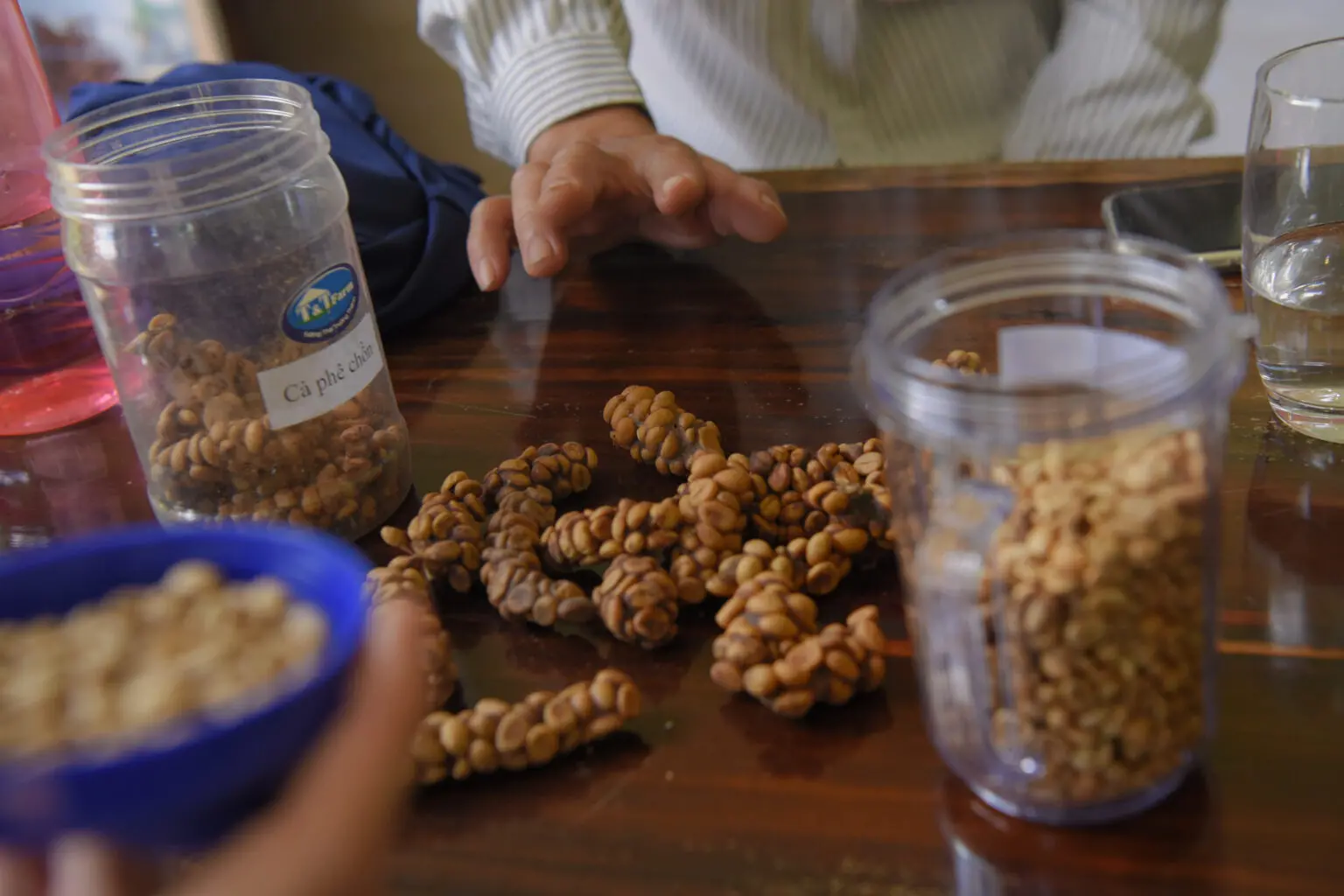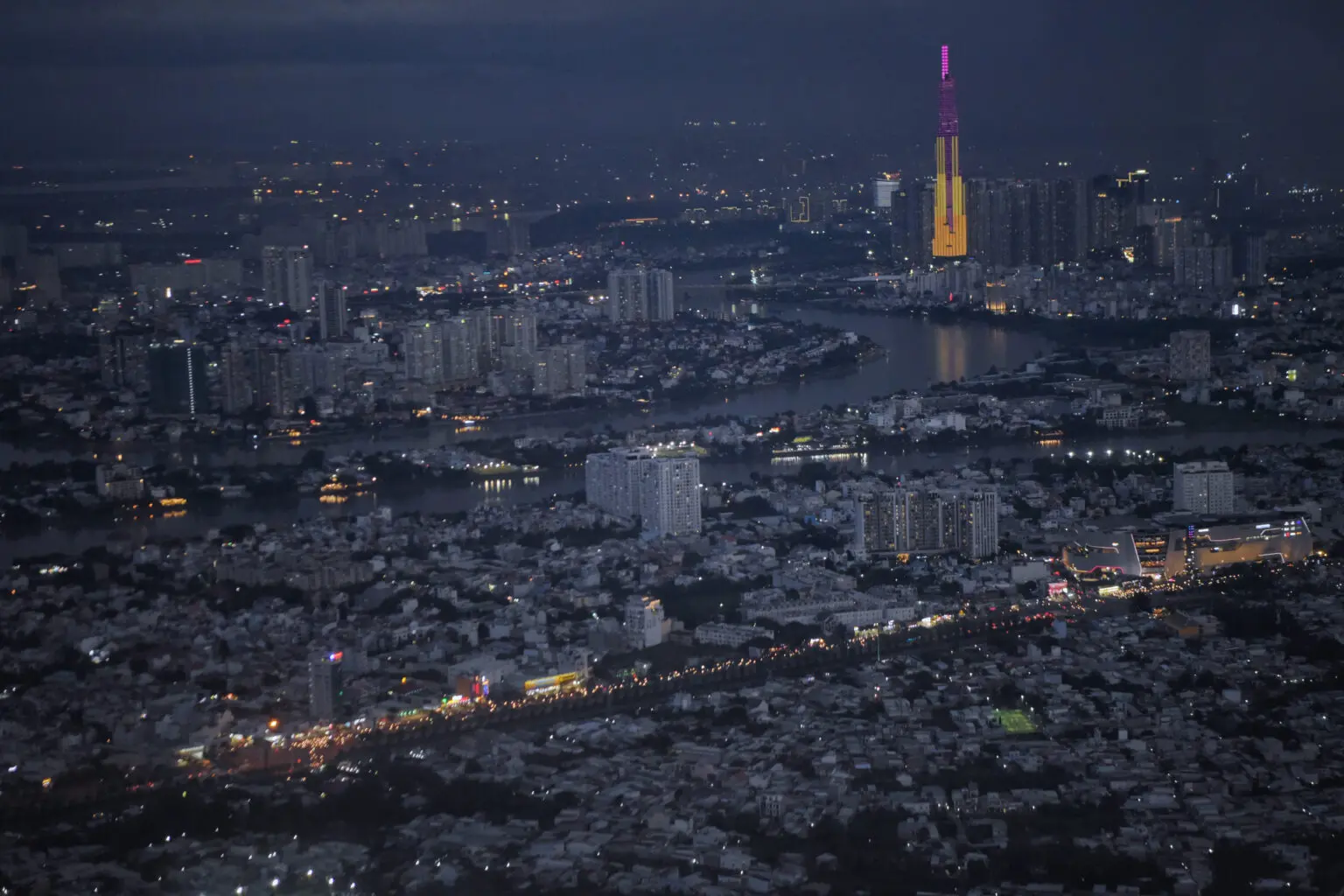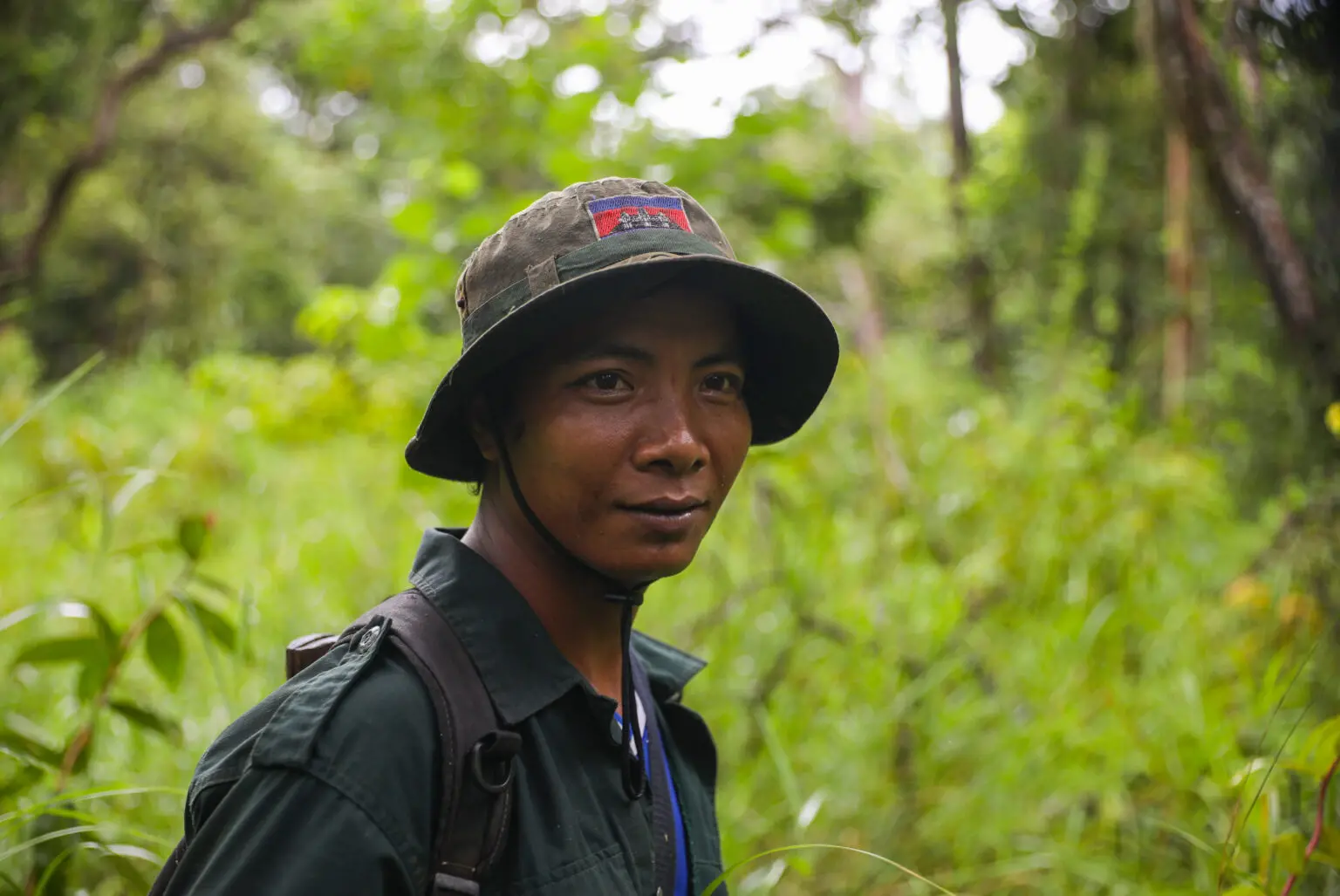This story excerpt was translated from Khmer. To read the original story in full, visit Southeast Asia Globe. Our website is available in English, Spanish, bahasa Indonesia, French, and Portuguese.
While hunting has long been practiced in Southeast Asia, increasing trade pressures and low-cost hunting methods are accelerating the extinction of wildlife, affecting human health and the environment.
Editor's note: This article is the first report on The Silent Forest project, a collaboration between the Southeast Asia Globe and The Straits Times which explores wildlife ventures in Southeast Asia that affect biodiversity and future epidemics.
Instead of being kept in cages as usual, the captives were taken to a wildlife rescue center in a net bag like fresh meat waiting to be sold on a biting scale.
Four ferret badgers are still alive and trying to move while making a croaking noise as staff from Save Vietnam's Wildlife conservation group work to release them from snares and animal traps.
Local police confiscated the wildlife from a restaurant and sent them to the Vietnam Wildlife Rescue Conservation in Cuc Phuong National Park, about two hours from Hanoi.










